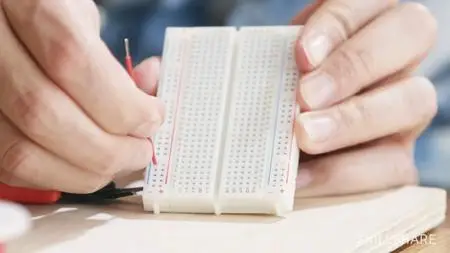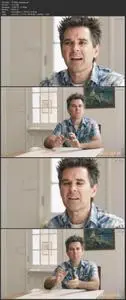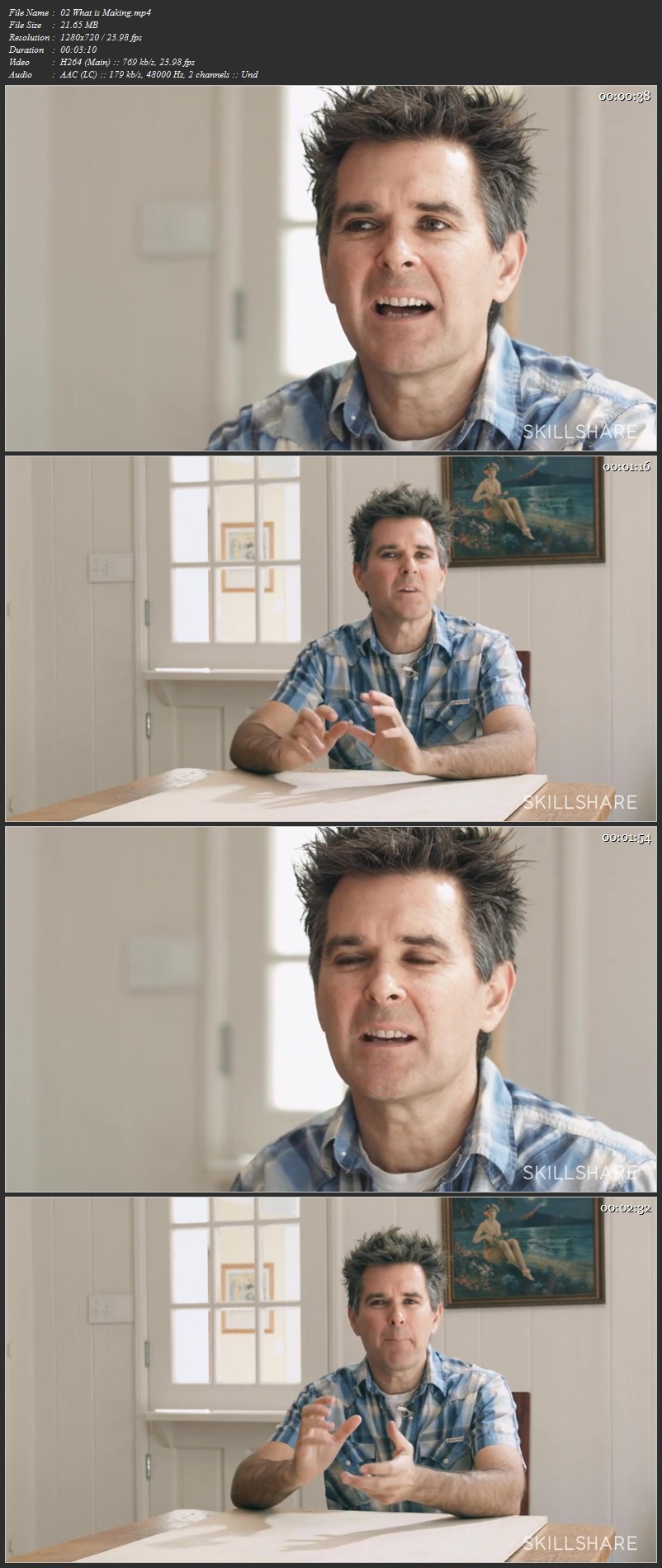Introduction to DIY: Becoming a Maker
Duration: 1h 52m | .MP4 1280x720, 24 fps(r) | AAC, 48000 Hz, 2ch | 891 MB
Genre: eLearning | Language: English
Duration: 1h 52m | .MP4 1280x720, 24 fps(r) | AAC, 48000 Hz, 2ch | 891 MB
Genre: eLearning | Language: English
What would you make if you had no limits?
A decade ago, you needed passion, expertise, and money to transform even the simplest ideas into real objects. Now you just need passion. We have unprecedented access to collaboration, materials, and knowledge, and the desire to actively create in the world has never been stronger.
But where to start? In this class, Mark Frauenfelder—legendary maker, creator, and founder of Boing Boing and MAKE magazine—introduces the fundamental world of Making and guides you in transforming your curiosity into a DIY project that makes, modifies, or repairs an everyday object in your life.
While this one-hour class is structured for a true beginner, you'll find a wealth of ideas no matter your background or knowledge. Filled with countless example projects, personal anecdotes, creative-thinking prompts, tool know-how, and a peanut-butter project that has our mind spinning, this class is designed to inspire and spark conversation.
It's a class for everyone who believes in possibility, in practice, and in fun.
What You'll Learn
In 5 self-paced units, learn how to think, create, and build like a Maker.
Introduction. Start thinking about what it means to be a maker, and try out some creative-thinking prompts for interacting with everyday objects.
The "Why" and "How" of Making. Learn to approach problems with a maker mindset using a 5-step flowchart, uncover strategies for pushing your imagination through creative blocks, and learn about the latest companies and developments that make right now the Golden Age of Making.
How to Make Something. See the maker process in action with one single project: an automated peanut butter jar mixer that combines a number of solutions.
Maker Tools. Familiarize yourself with the physical materials, components, tools, and workspaces that can help you transform your concept into a real-world thing.
Conclusion. Learn how to find in-person hackerspaces, maximize online collaboration, and grow in your skills with core recommended resources.
What You'll Do
Deliverable. Create one project that makes, modifies, or repairs an everyday object or process.
Brief. Challenge yourself to progress one level further than where you begin. If you've never tried making before, share a drawing, sketch, or description. If you already have an idea, build a prototype and share pictures, video, and diagrams of your first plan. If you already have several prototypes, share your work as a case study (showing your process and how you improved on each version). If you're an experienced maker, try your hand at Mark's peanut butter stirrer project (files provided).
Specs. Communicate your project in the way that makes the most sense for others to learn and share feedback. Consider drawings, diagrams, descriptions, photographs, video, programs, or more.





